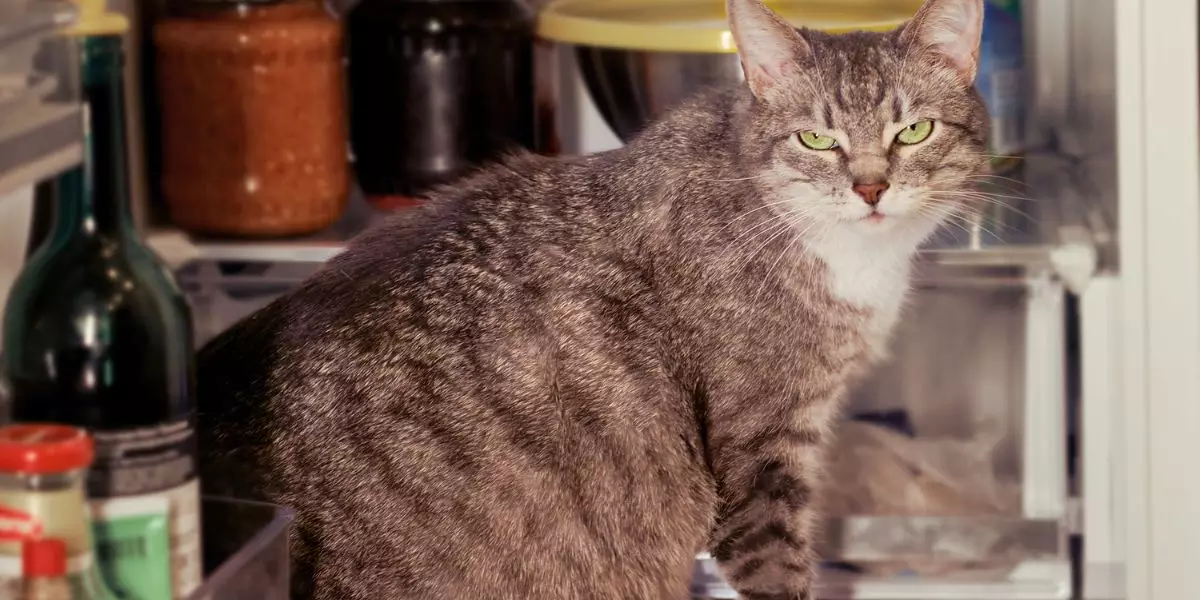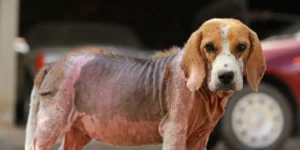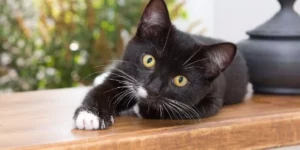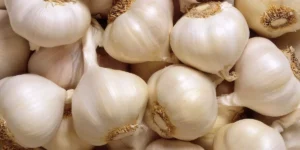Cats are animals that can be both curious and greedy, but not all food is safe for them. Indeed, some foods that humans like can be toxic to our feline friends, and lead to problems ranging from simple digestive disorders (vomiting and diarrhoea) to heart disease. Here is a list of dangerous foods for cats.
Chocolate
Black chocolate and milk chocolate contain cocoa (but not white chocolate), which itself contains theobromine, a substance of the methylxanthine family, which is toxic to felines. The cat's organism is not able to assimilate this molecule, leading to accumulation and adverse effects on the organism. At high doses, theobromin can even cause heart and nervous problems, resulting in spasms, agitation and tremors. In the most serious cases, the animal can convulse and die. Nevertheless, a cat would have to ingest more than 70 grams of chocolate in order to run a deadly risk, which remains relatively unlikely.
Coffee
Coffee contains caffeine, which, like cocoa theobromine, belongs to the methylxanthine family. Symptoms are similar to those of chocolate poisoning, but their appearance is usually faster.
Onion, leek, garlic and shallot
Bulb (alliaceae) plants such as onion, leek, garlic, or echalote contain organo-sulphur compounds that have the property of transforming hemoglobin and causing the destruction of red blood cells. The main symptoms of alliaceae poisoning are vomiting, diarrhoea, and dark urine (usually brown). The resulting anaemia can cause heart and respiratory difficulties. Sometimes it can also cause acute renal failure.
Lawyer
The avocado is toxic to cats because it contains persine. This fatty acid, which is found in the flesh of the fruit as well as the nucleus and plant, is responsible for digestive disorders (diarrhoea, vomiting) within hours of ingestion. The mechanism of action and the toxic dose are unknown, but it is known that persine can also cause cardiorespiratory problems (tachycardia, cough, respiratory distress). If you have a lawyer in your garden, monitor your cat and make sure that there is no access.
Grapes
Both fresh and dry grapes are toxic to cats, although it is not yet known which compound is responsible for this toxicity. The main symptoms are digestive (vomiting, diarrhoea) and occur only a few hours after ingestion. Sometimes the situation can be very serious, with acute renal failure occurring within 2-3 days.
Salt and very salty foods
Salt and very salty foods such as chips, raw ham or aperitif cookies can be dangerous if in parallel, the animal drinks little (which is often the case in cats, who do not feel much thirst). Indeed, the body should eliminate excess sodium in the blood via urine. If the cat does not drink enough, it is the water contained in the cells and then the water of the cerebrospinal fluid that will be requisitioned, which will cause what is called hypernatremia. The volume of the brain will decrease and a brain oedema will form, which is irreversible. The symptoms of this damage to the brain are convulsions, saccaded and involuntary eye movements, blindness and coma.
Dairy products
Almost half of adult cats are lactose intolerant. In this case, the consumption of milk or cheese can cause gas and diarrhea.
Dog croquettes
Although they are not toxic to our feline companions, it is strongly recommended to do not give dog croquettes to a cat. On the one hand, dog foods are formulated differently and contain more carbohydrates (mostly as starch) than the cat has difficulty digesting, unlike the dog. They also contain less animal protein, which is problematic, because unlike the dog, the cat is a strict carnivore. But the real problem is that dog croquettes are deficient in taurine. When a cat is fed with dog croquettes (some people sometimes think it's a good idea, because the list of ingredients is at first quite similar to that of a cat croquette, while the price per kilo is much cheaper), it risks developing a lack of taurine that can lead to loss of sight, and heart problems.





